Exploring Guitar Scales: An extensive guide for musicians
Different guitar scales to add to your repertoire
Guitar scales are often feared by beginner guitar players. However, they’re not as big and scary as they may seem. Stick around as we explore them, and look at how they can help your music.
Exploring Guitar Scales: A Common Misconception?
When I started learning the guitar, I just wanted to play rock riffs as fast as I could. However, as we all know, this isn’t the most practical way to learn an instrument.
By exploring guitar scales, you’ll have a better relationship with the fretboard, musical theory, and will benefit from loads of single-note practice. Ultimately, helping you with your solos later on. So, let’s take a closer look at a few scales, and see what they’re all about.
What Are Guitar Scales?
Before we look at a few examples, it’s probably best to understand what’s going on behind the scenes. By definition, a musical scale is a selection of notes ordered via frequencies or pitches.
Therefore, starting with a low pitch and then gradually ascending to a higher pitch. Commonly, scales will start on one note and conclude on the same note, just at a higher pitch. We refer to this as an octave. Think of a piano, whereby you can have multiple C notes, for example.
On guitar, there are naturally lots of different scales. All of which have different sounds and purposes. A major scale typically sounds happy, in the same way that a minor scale sounds sad. Overall, as guitarists, we can use different scales in our music to get across varying emotions to the listener.
Major Scale
So, let’s begin by looking at our first scale. Initially, we’ll be checking out the C major scale in the first position.
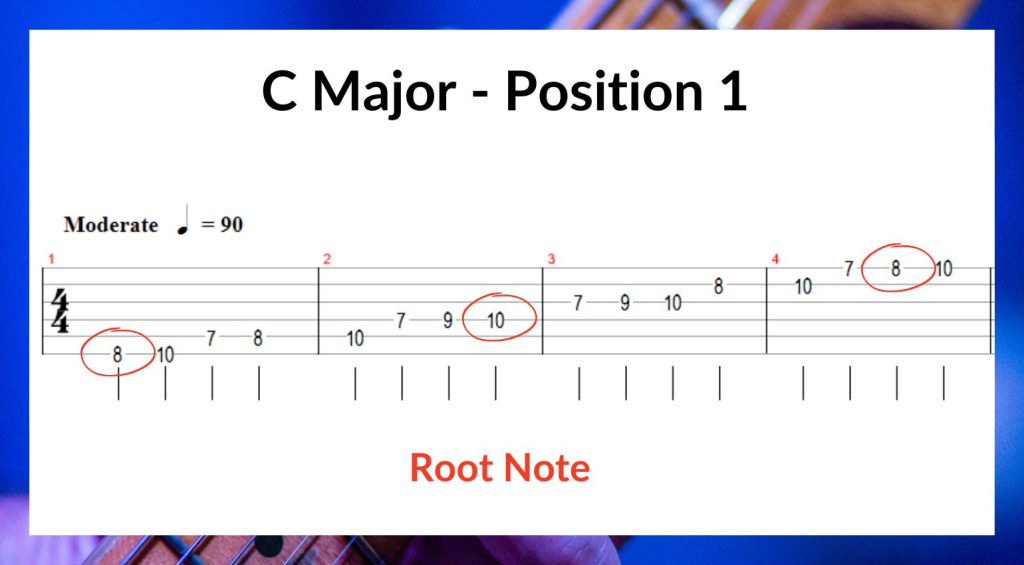
Position 1? What’s that all about? Well, the term position 1 refers to the starting note of the scale. In this position, the guitar scale starts from a C note on the 8th fret of the low E string. We’ve also got plenty of other C notes in this scale which of course, are our octaves.
When exploring this guitar scale, you’ll be able to hear the happy and pleasant sound that it provides. Furthermore, that first route note dictates which key we’re playing in, and the note order dictates which sort of scale we’re playing.
Let’s say we moved that C to an A and kept the order the same, we’d have the first position of the A major scale. Here are the other four positions of the C major scale:
Positions 1-5
So, how do we know where to start when it comes to positions? Well, the first position guitar scale starts on a C note which is therefore number 1 in the key of C. Whereas, the second position starts from a D note, which is the second note along the C major scale.
Working our way along using the TAB above, we can see that position three uses the third note in C major to begin, which is E. With positions four and five starting from G and A respectively.
Minor Scale
By contrast, the minor scale has a more ominous and sad sound to it. Likewise, we have a starting note which determines the position. We’ll also have plenty of octaves throughout each scale.
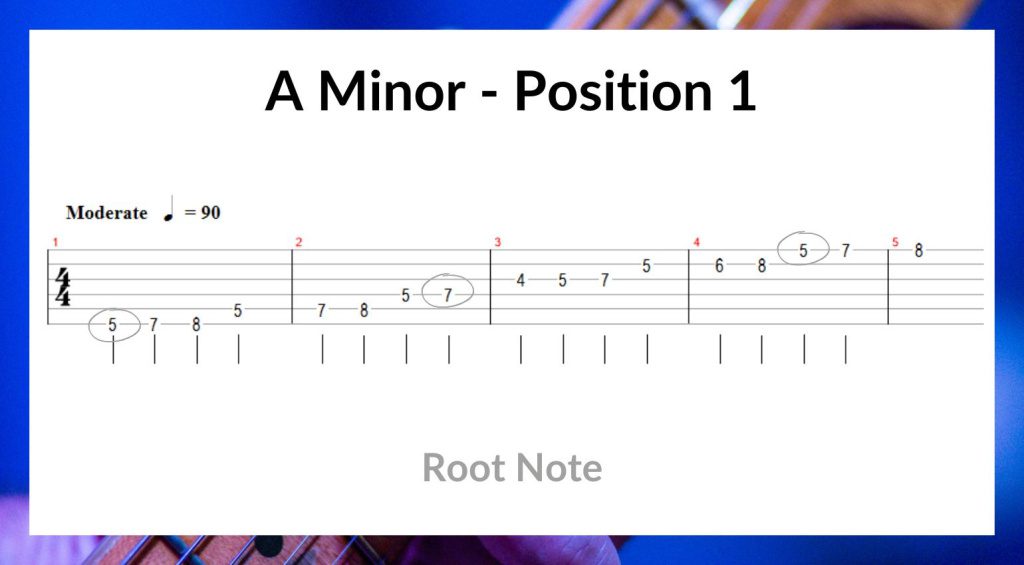
Here, we’ve actually got a lot of shared notes between this guitar scale, and the 5th position of the C major scale. As we work our way through various scales, you’ll see that a lot of notes are used across different keys and styles.
When improvising, it can be cool to mix both the major and the minor scales. Artists such as Eric Clapton and John Mayer are good at doing this.
Having a good understanding of the different positions will open up many avenues for your playing. Just like before, here are the remaining four positions of the A minor scale:
Similarities Between Guitar Scales
Having gone through five positions of the C major and A minor scale, you’ll have probably heard and seen some similarities between them both. This is because C major’s relative minor is A. Therefore, they’re virtually interchangeable.
Relative majors and minors work in pairs. Such as G major and E minor, or G minor and Bb major. Should you want to know more about this, why not check out our guide on the circle of fifths?
Pentatonic Scale
Finally, something easy! The pentatonic scale is the G.O.A.T for guitar players and their improvisation. What’s so good about it? Well, in its most basic form, the pentatonic scale is atonal, which means that it can be either major or minor.
Benefiting players highly, it saves you from learning loads of different scales. When starting out, the pentatonic scale is your friend.
The pentatonic scale comes in either major or minor guise. Essentially, it strips back a lot of the notes that we found in the conventional minor and major scales. However, position 1 is arguably all you’ll ever need:
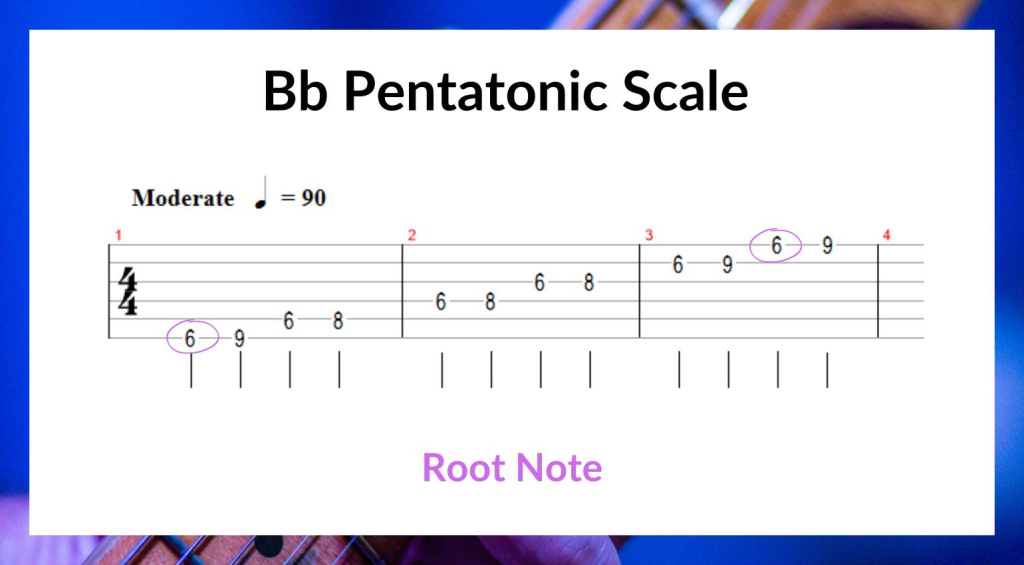
For this example, we’re in Bb. We know this because we’re starting from the 6th fret of the E string which is a Bb note. However, should you move to any other note on the E string and use the same pattern, you’d have the pentatonic scale in another key.
As we can see, this scale is much more memorable and straightforward compared to the others. Hence, why it is favoured by guitarists. Alex Turner showcases this simplistic scale beautifully but in the key of F#.
And should you want to get even closer to that Arctic Monkeys sound, you can grab yourself a Fender Strat from *Thomann. Combined with those legendary single-coil pickups, the pentatonic scale never sounded so good.


Blues Scale
Next up, we’ve got the blues scale. Derived from the minor scale, this example adds a few out-of-key notes to create a different sound. These are referred to as blue notes. What sound? The sound of sorrow and depression.
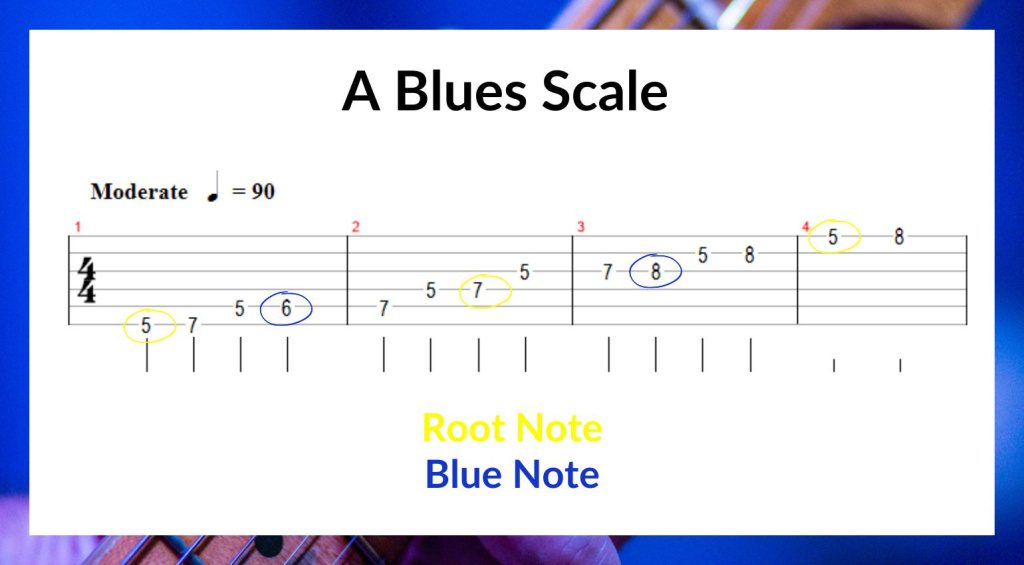
This is very similar to the Am pentatonic scale but with the addition of the blue notes. Whenever you play one of these notes, it must be resolved by another note in the scale. Therefore, we create contrast but then resolve it.
Countless blues and rock and roll riffs have been composed using this scale. Some of these include:
- Thrill Is Gone – B.B King
- Johnny B. Goode – Chuck Berry
- Rock and Roll – Led Zeppelin
Exotic Guitar Scales
Wait, you’re telling me there are more than the blues and pentatonic scales? Oh yes! In popular Western music, artists generally only use the major or minor counterparts of various scales.
However, music dates back hundreds of years, and therefore so do our scales.
E Hungarian Minor
Also known as the Gypsy minor scale, this is a double harmonic minor scale. Typically used in various types of Jazz music, it moves in this order; 1, 2, b3, #4, 5, b6 and 7.

Byzantine Scale
By contrast, this scale dates back to 330AD! You can feel the power of the ancient pharos with this one. Again, it moves in a very unconventional way compared to a blues scale, for example.
From the 1st note, our tonic we have a flattened minor 2nd, major 3rd, perfect 4th, perfect 5th, flattened minor 6th and a major 7th. Overall, creating an exotic, ancient sound.
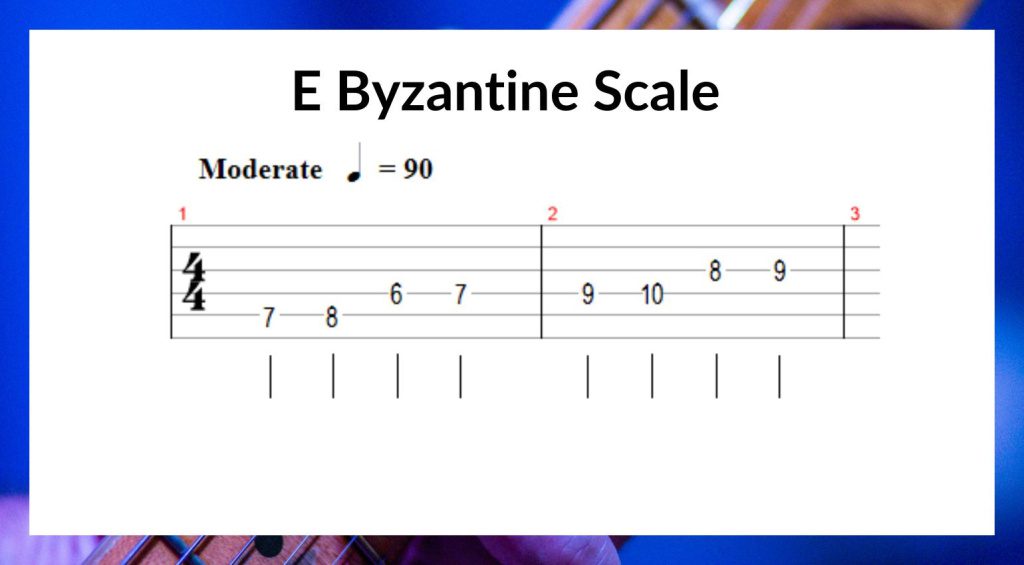
Hirajoshi Guitar Scale
Concluding our look at exotic scales, we have the E Hirajoshi scale. Used in havier genres, Marty Friedman uses this scale in many Megadeath riffs and solos.
This scale produces an unmistakably Eastern sound, which we usually associate with Japan.
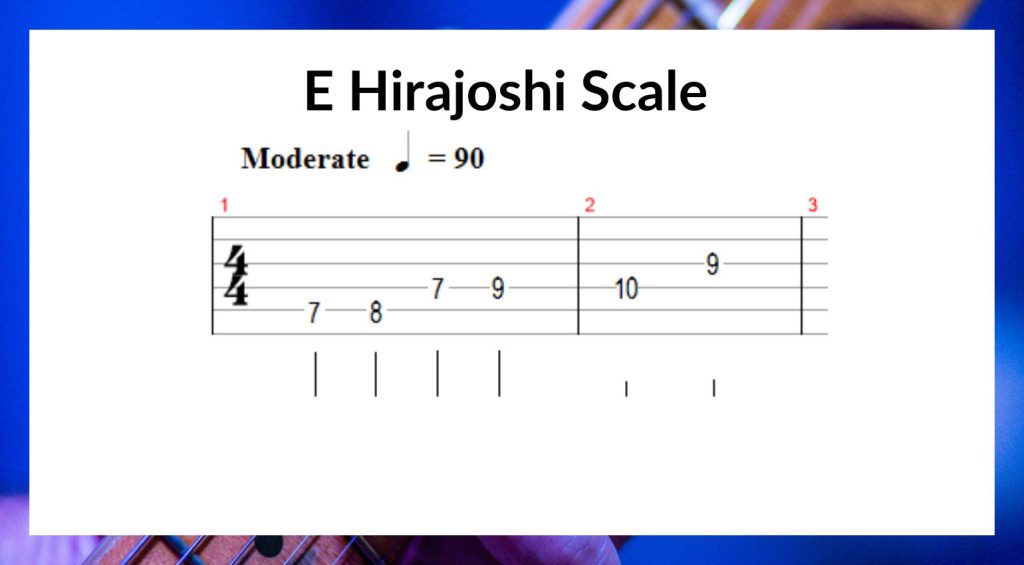
Videos:
Further Information:
*This post contains affiliate links and/or widgets. When you buy a product via our affiliate partner, we receive a small commission that helps support what we do. Don’t worry, you pay the same price. Thanks for your support!
One response to “Exploring Guitar Scales: An extensive guide for musicians”



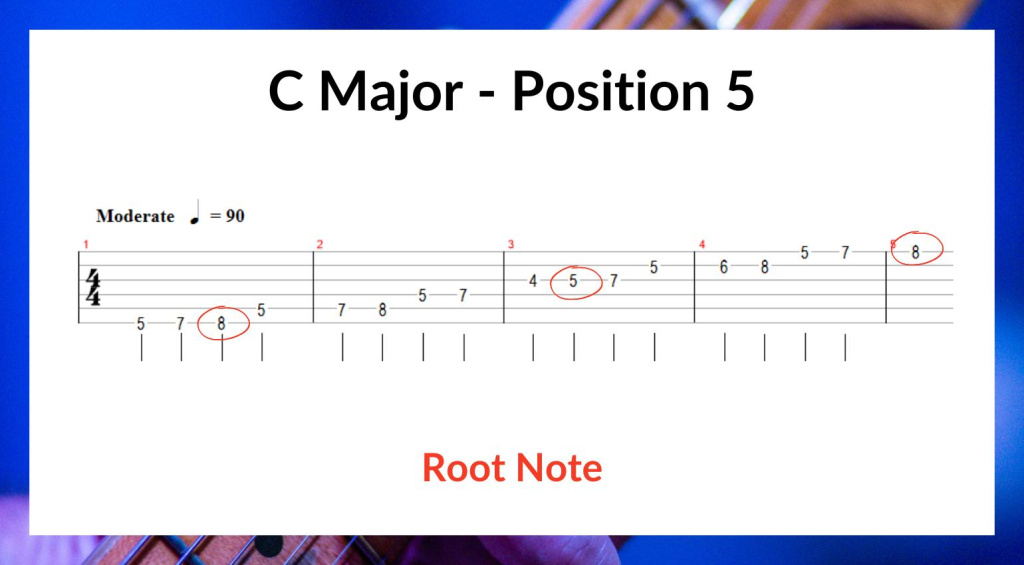
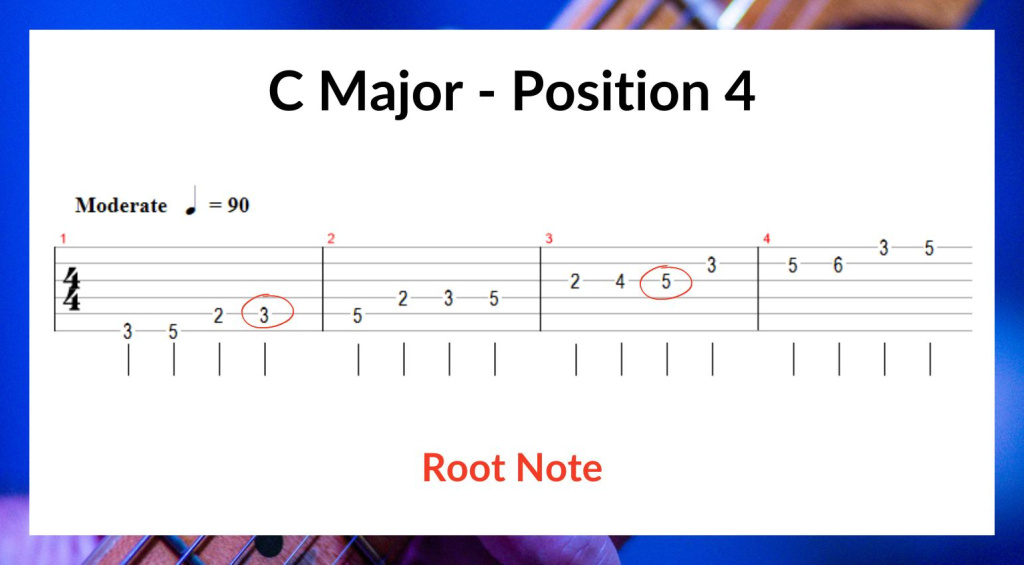
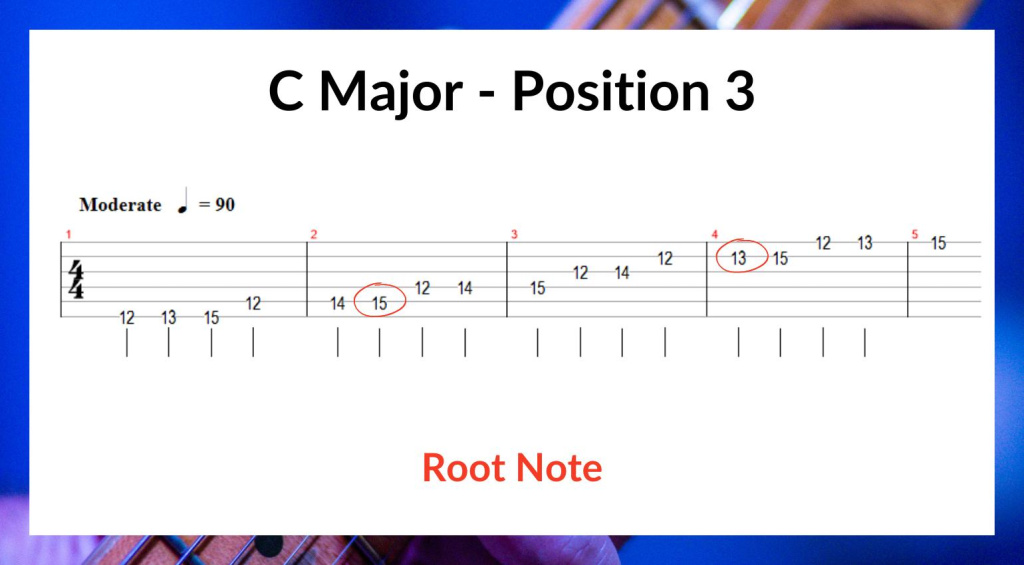

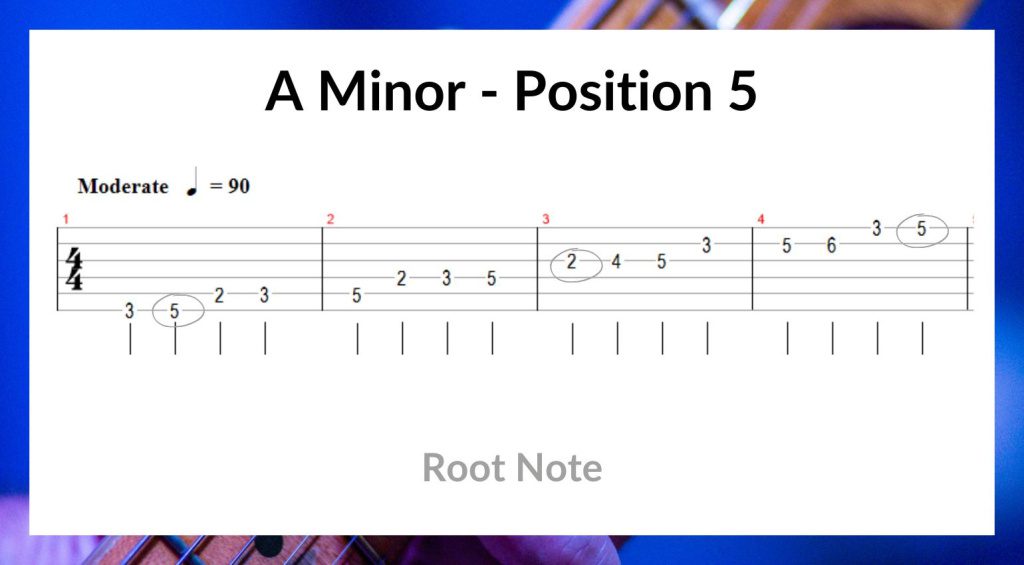
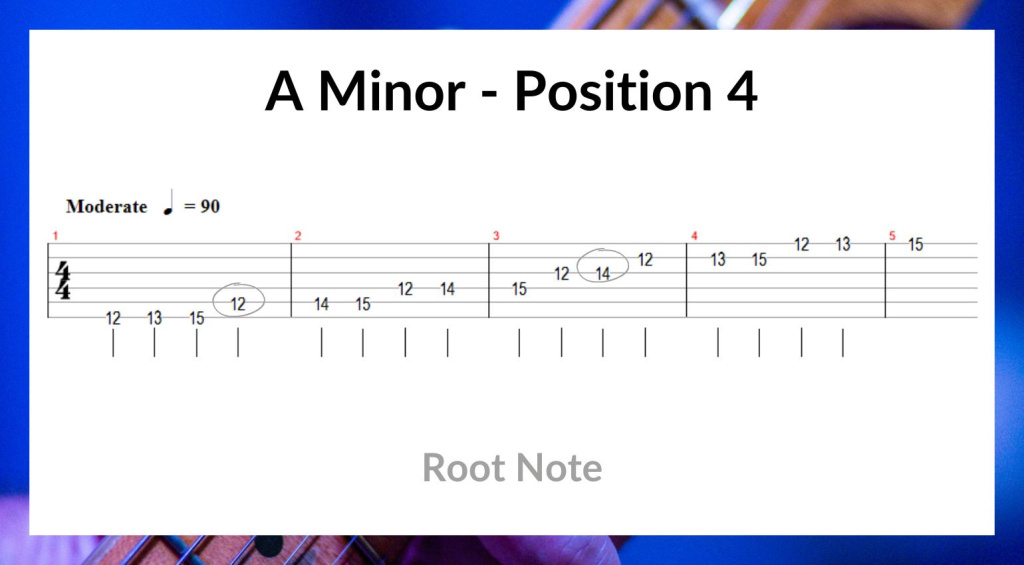
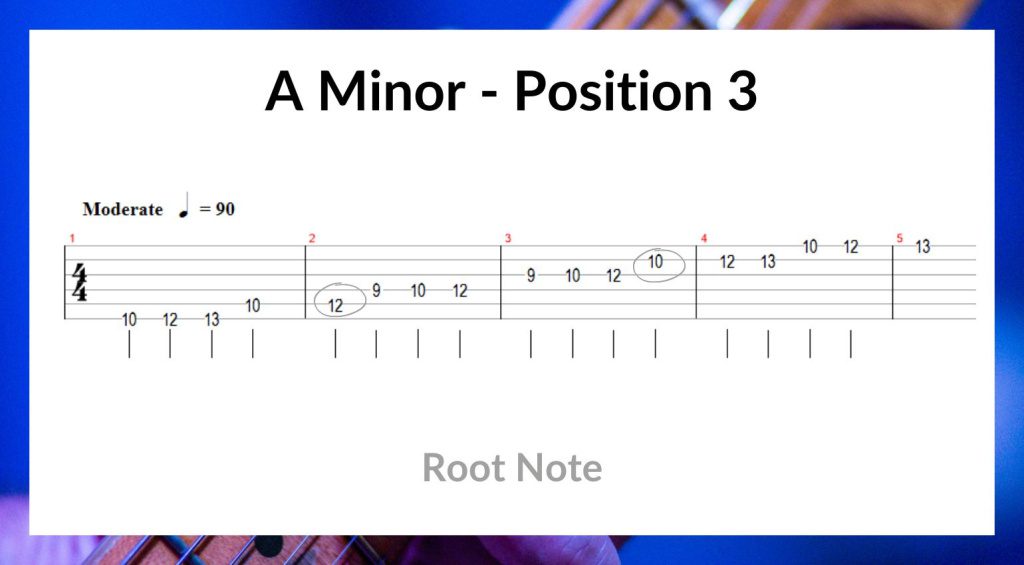
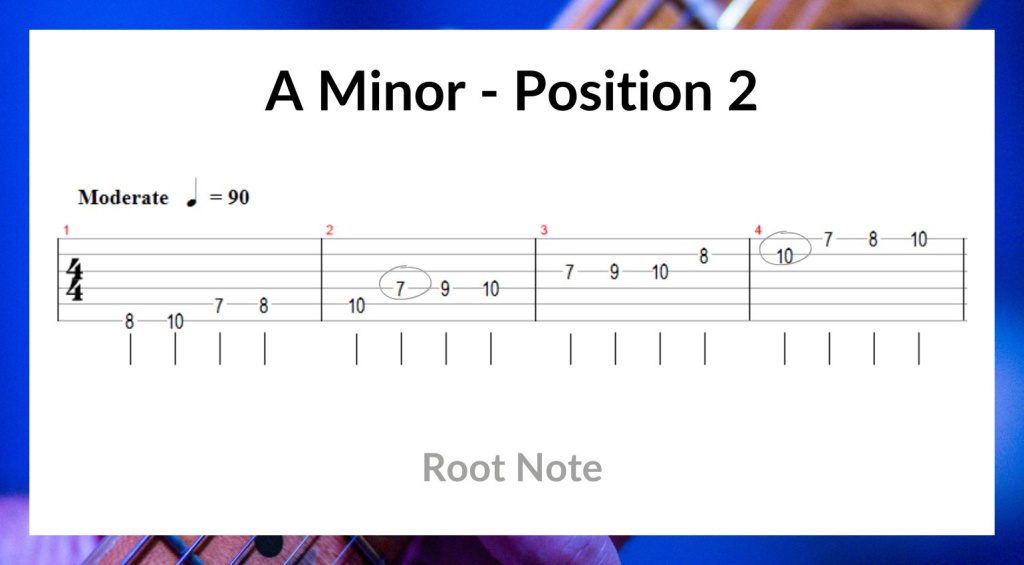


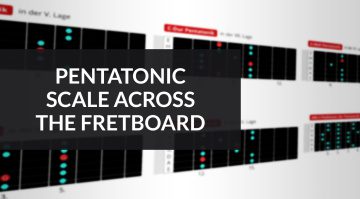
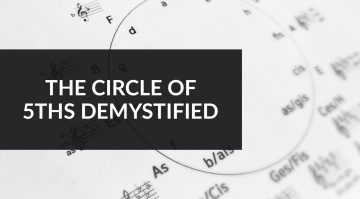


2
Dear author, I lowered the rating of this post, I will explain why. The title of this post is “Exploring Guitar Scales: An extensive guide for musicians” – the musician uses musical notation, while the tablature can be a useful supplement to this notation in the case of guitarists. Please take this into consideration in the future. Besides, the substantive value of this post is very good.